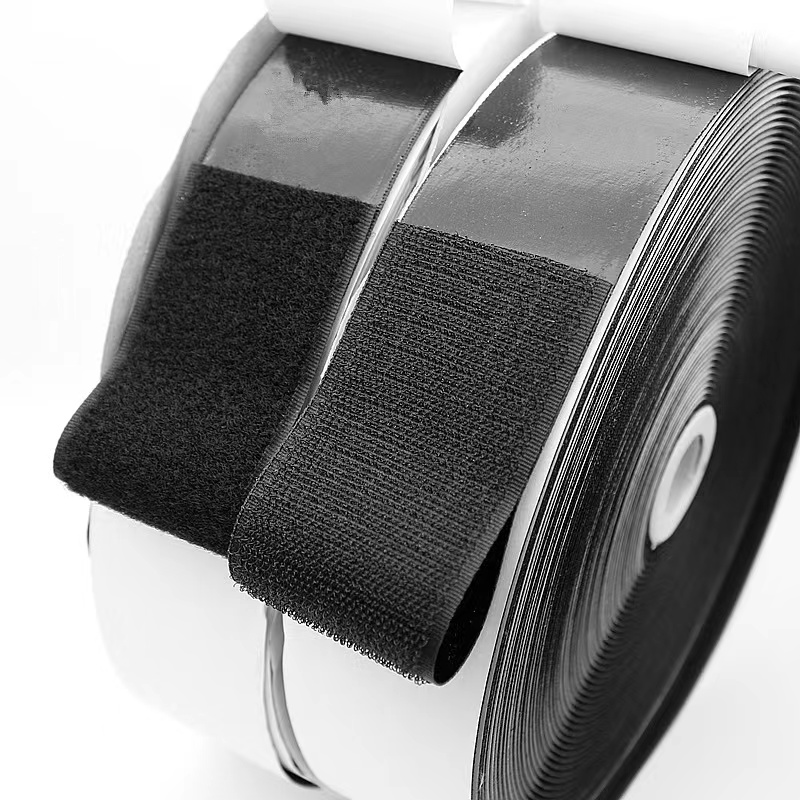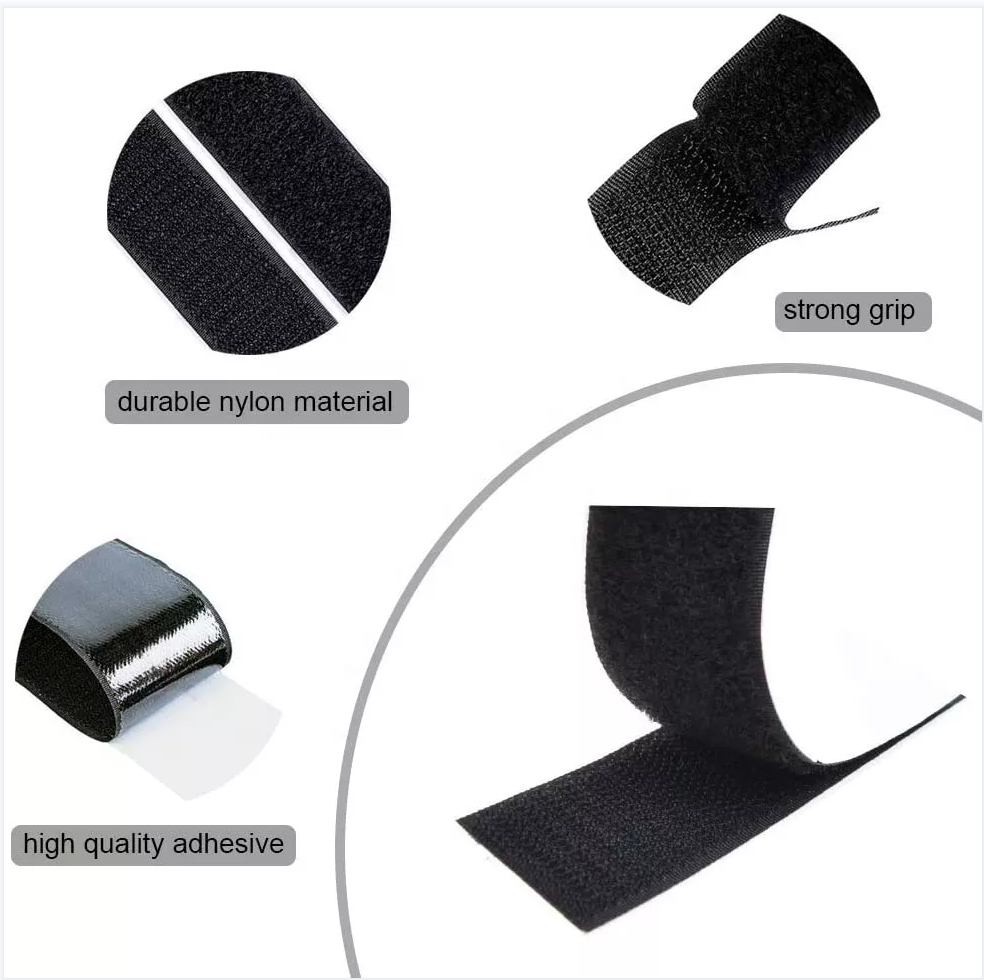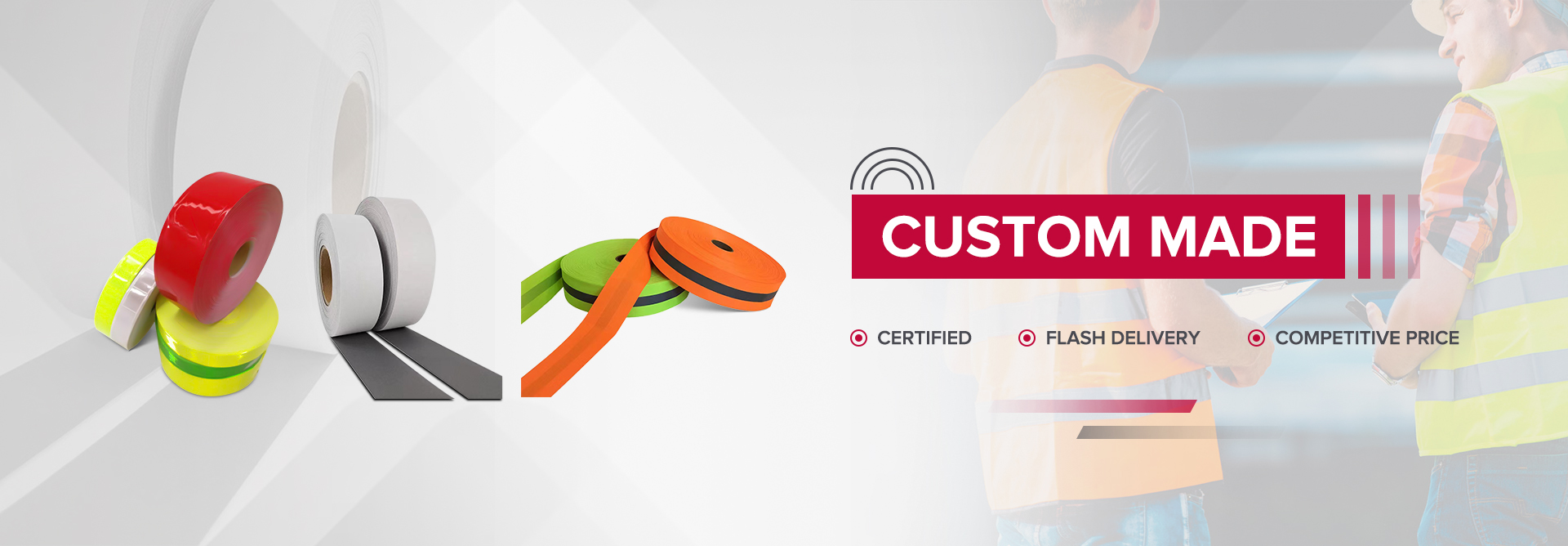For hook and loop tape, many applications use adhesive backing. Adhesives are used to apply fasteners to plastics, metals and a variety of other substrates. Now, sometimes these adhesives are applied expecting them to be there forever. In these cases, it is sometimes necessary to remove or replace them. So how do you do it?
There are different approaches to take depending on the substrate. Metal and glass allow for more aggressive options, but things like painted surfaces, plastics, and drywall may require gentler tactics. These are also important factors to consider when selecting an adhesive hook and loop tape in the first place. A rubber based adhesive has a lower operating temperature range which means heat can be your friend for loosening the adhesive's bond strength. A blow dryer may be enough to loosen up the adhesive so that damage is mitigated. An acrylic adhesive is going to be harder to remove since it can withstand temperatures up to 240 F. After all, the things that make an adhesive bond well also make it difficult to remove.
So with drywall, the paint will most likely be peeled off or some of the drywall itself can come off. Start with some heat and see if that helps loosen things up so that a scraper doesn't need as much force behind it. With that in mind, it might be useful to just scrape the adhesive off and repaint the surface. This is especially true if heat does not help loosen up the adhesive.
For other substrates like glass and metal, you can use a scraper without worrying about damaging it too much. You can also use solvents, alcohol, oil, or acetone to break down adhesive residue that often lingers. Always check the instructions for any chemical you use to make sure it is suitable for the substrate.
On plastic surfaces, you need to be especially careful to use the proper chemicals so as not to cause additional damage. Sometimes, a little elbow grease is the way to go. When using a chemical or oil, it is important to first determine if it is suitable for use on the material, and then test it on a small, inconspicuous area to make sure it won't stain or damage anything. It is best to use chemicals in a well-ventilated area.
In short, use heat when possible when removing a self adhesive velcro tape , then scrape away what you can. After that, use some sort of solvent or alcohol to help break down the remaining adhesive.


Post time: May-18-2023



